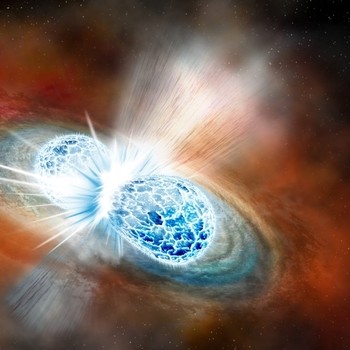Points A and B are at #(3 ,7 )# and #(4 ,2 )#, respectively. Point A is rotated counterclockwise about the origin by #pi # and dilated about point C by a factor of #5 #. If point A is now at point B, what are the coordinates of point C?
2 Answers
After Point A is rotated counterclockwise about the origin by
The difference between the
Since Point A was dilated about Point C by a factor of 5, we can find out by how much the coordinates change with each integer increase in factor.
For the
and
So for every integer increase in factor, the point moves 1.75 to the right and 2.25 upwards.
Point C is therefore
Explanation:
#"under a counterclockwise rotation about the origin of "pi#
#• " a point "(x,y)to(-x,-y)#
#rArrA(3,7)toA'(-3,-7)" where A' is the image of A"#
#rArrvec(CB)=color(red)(5)vec(CA')#
#rArrulb-ulc=5(ula'-ulc)#
#rArrulb-ulc=5ula'-5ulc#
#rArr4ulc=5ula'-ulb#
#color(white)(4ulcxx)=5((-3),(-7))-((4),(2))#
#color(white)(xxxx)=((-15),(-35))-((4),(2))=((-19),(-37))#
#rArrulc=1/4((-19),(-37))=((-19/4),(-37/4))#
#rArrC=(-19/4,-37/4)#

